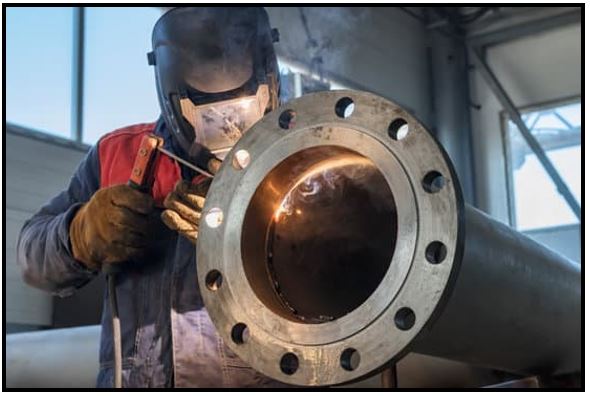As the job market becomes increasingly competitive, companies are searching for effective methods to both attract and retain their employees. One challenge they face is attracting workers to work in non-airconditioned buildings during the summer months. The solution lies in fostering a conducive work environment that prioritizes the well-being and productivity of employees. We call that a successful work environment. This can only be achieved through the implementation of a proper ventilation system.
Defining a Successful Work Environment
In order for employees to perform optimally in a non-air conditioned workplace, it is essential that they are able to work comfortably without being stressed by excessive heat. This includes having access to clean and healthy air that is not polluted by smoke, fumes, or other contaminants. When a proper ventilation system is in place to maintain suitable air temperatures and promote good air quality, both the workers and the company benefit. This results in increased productivity, lower turnover rates, decreased absenteeism, and a reduced number of heat-related illnesses and accidents. Ultimately, a successful work environment is achieved when employees are comfortable and healthy, leading to lower labor costs for the company.
Tips for Establishing a Successful Work Environment
To establish a successful work environment using ventilation, the initial step is to match the indoor temperature with that of the outside. This includes calculating the necessary volume of airflow and strategically placing supply or exhaust fans. The amount of air required for ventilation is based on the elimination of solar heat gain. It also includes elimination of any heat produced by equipment inside the building. The appropriate placement of supply or exhaust fans is influenced by multiple factors such as the size of the facility, the location of heat-emitting machinery, and the direction of the prevailing winds.
The next action is to eliminate any smoke, fumes, or pollutants present in the building. Proper airflow and strategic fan placement from the initial step will greatly assist in this task. However, in cases where there is a large quantity of smoke, fumes, or contaminants, a targeted collection system may be necessary. This involves placing hoods over the source and directing the air outside through ducts.
To successfully improve the work environment through ventilation, the last step is to incorporate spot cooling fans or indirect evaporative cooling (IEC). These fans, including floor stand, column mounted, and HVLS fans, which can create the illusion of a temperature decrease by evaporating sweat. By strategically placing these fans, a perceived temperature drop of approximately 8 to 10 degrees F can be achieved.
The use of IEC is an economical method of distributing a significant amount of cool air across a broad space. By utilizing heat exchanger technology, IEC can provide cool air without increasing the humidity levels. The effectiveness of an IEC unit in lowering the surrounding air temperature can vary. The range is between 10 to 15 degrees Fahrenheit depending on the specific location and time of day.
Our Goal is to Establish Successful Work Environments
Eldridge has successfully designed and installed ventilation systems for various companies, regardless of their size or complexity. As a result, these companies now have employees who are both comfortable and safe. In return, the company is enjoying the advantages of reduced labor costs. If your facility is lacking an efficient ventilation system to create a successful work environment, contact an Eldridge ventilation specialist. We will provide you with a complimentary consultation on how we can help you achieve a successful work environment.
